- PAS Fürstenwalde;
- RIA Keburia;
- PAS St. Petersburg;
The overall goal of the "Artist's Residence" project is to increase the number of self-organized
art spaces in different countries and strengthen the links between them.
- to design a communication environment for people of art;
- create a single network of curators, artists and musicians, which will ensure regular contact within art communities and cultural exchange between the regions of Germany, Russia and Georgia;
- provide an opportunity to implement projects in the concept of "up-cycling" in the common creative space of the residence.
- During the five months of development of the residences with the support of the "Expanding cooperation with civil society in the Eastern partnership countries and Russia" program, cultural and art workers, together with the local community of curators and artists, created 20 art / design projects.
- It is valuable that in almost all implemented projects the concept of "up-cycling" used was reflected in serious topics affecting issues of national identity, civil liberties, territorial studies and other topical issues of civil society.
- A survey of exchange program participants shows that at least 70% of them believe that their knowledge of the planning, development and operation of art residences has increased significantly and they can apply this knowledge independently in their home country.
- Also, artists and curators plan to stay in touch with other project participants and seek further cooperation.
The developed method in the future should become the basis for the following creative endeavors.
The project is planned to be continued and actively developed in the next two years.
PAS also offers a residency programme for artists and researchers to live and work together in the same space.
PAS is also welcome to holding any project which generally enriches the cultural landscape in Berlin and our local community in Alt Moabit. Aside from concerts and theatre performances, we have also hosted events such as video instillations, film evenings, or readings.
This concept extends to other areas of activity as well.
This is a pilot project that aims to take the concept of up-cycling into the arts. Music, for instance.
- supporting artistic production by local, regional, and international artists by inviting them to participate in various events ;
- creating meaningful educational platform for emerging artists by proving them with residency stay and networking;
- discovering emerging artists and curators via international Open Call;
- funding exchange program with various residencies abroad;
- strengthening the promotion of emerging Georgian and regional artists on the global art scene by participating in regional and international art fair.
Artists also have workshops at their disposal, where they can work in a kind of contemplative atmosphere.
PAS in St. Petersburg is a multidisciplinary and mobile network of art spaces for various branches of art and social practices. Since 2020, a rich range of different locations and a network of curators have been created, distributed throughout the city of St. Petersburg and its environs.
Many events are held in these places: concerts, master classes, seminars, discussions and exhibitions. The list of PAS locations in St. Petersburg includes:
- conspiratorial self-organized art space F5;
- gallery "Dich";
- project “Art-ferma 36”
F5 is intended to give place for experimental music, dance, theater, performance, various cross-media and participatory art. Different curatorial, educational and community-building initiatives are also welcomed.
The gallery collaborates with both Russian and foreign authors. The artists, whose exhibitions were presented in the gallery, work in various media, including painting, graphics, objects, installations, video art, performance.
People and animals are considered the most important elements of this space that is, in fact, a very special little world, a piece of nature just an hour by train from the dusty and busy metropolis.
- ZOSKA LEUTINA
- JULIA LEVYKINA
- ANASTASIIA KAPUSTINA



- ALEX GRIBEL
- ALEXANDRA BYKOVA
- SIARHEI NAVITSKI
- ANASTASIIA KAPUSTINA
- VLADIMIR IVANOV
In the process of working on the project, sound recordings of the work of old agricultural machines with manual control for processing grain and feed, which were found on abandoned farms, and the sounds of tools during upcycling work were used on the territory of the art residence.
During live performances, the authors combined the sampled sounds of these machines with their live sound and the sounds of homemade instruments. The idea was to create hand-operated industrial "music boxes". The general rhythm has a mechanical coloration, but the rhythm itself “floats” vividly.
These sounds have long accompanied a large number of people working with them.
- ELENA HIZAAR
The performance was presented to the public on 12/22/2022 and 12/27/2022. The author created a palette of images and meanings that appealed to the memory of the viewer.
I try to give images and symbols that should appeal to the viewer's memory - so the viewers decides for themselves what the work was about.
The star symbol can have several meanings.
- VASIL BERELA
Does our passion give rise to Dionysian impulses that can end in disaster?
- DARIA LOGVINOVA
- MALYSHEV EVGENII
- GOSHA ELAEV
The Hermitage has become a spontaneous gesture of institutional criticism. It should be noted that the abandoned and dump sites surrounding the territory of the hotel served as a resource of materials not only for our group, but also for the participants of the Connecting the Dots exhibition that was held in parallel in the gallery.
One of the main such loci was an abandoned boarding school, where you can still find curious artifacts of the Soviet era (visual natural science aids, portraits of great Russian writers, etc.).
We have used the literal meaning of the French word hermitage: “a wretched hermitage”, “a place of solitude” (one of these is just a wasteland or dump, embodied “the roadside of the world”).



- ANASTASIA
KRYAZHEVSKAYA
WITH THE MOTHERLAND
- SIMON CHAOUAT
In the center of the iron sheet - a jar with some kind of vital fluid - either oil or blood.
- LERA GROZA
The plot of the film is that AI is introduced into our consciousness and modifies perception in order to finally rid us of anxiety. Reality begins to boil down to a set of everyday rituals, streamlined and improved by AI. However, despite this, the feeling of loneliness and disturbing strangeness only grows.
And corporations want to improve and monetize everything, even if we don't ask.
What happens when objects now only mimic themselves?
(another poster was hung on the wall of Ria Keburia's gallery).
- NINO CHECHELASHVILI
- ADA ABDRUSHEVICH
- STEPAN KACHALIN
At another object, immersion in languagelessness is growing: a visual aid with the consequences of some kind of man-made disaster (poisoning, wounds, mutations), but only all the words are cut out, as if this is the main consequence of the cataclysm.
The work includes two parts:
- The first part can be reproduced in Fürstenwalde. This is a spatial installation, which is an empty room with a window, or a hole of arbitrary shape, carved into a wall.
- The second part exists in a digital form, as part of a virtual exhibition made jointly by artists during the Artist Residence in Ria Keburia. It is a photobook and the text documenting the process of working in the residence. The virtual exhibition is in progress.
This catastrophe has already happened.
What can art do?
Is what we see on the landfills is natural?
Where, in all this slow decay, human and nature end and something else begins - something that threatens to stay here for a long time?
- PETR KUPRIIANOV
During my stay at the Ria Keburia Foundation art residence
I developed and realized art projects in up-cycling technology:
Is a brass percussion device for extracting a wide range of low-, medium- and high-frequency sound vibrations.
A version of the classic spring guitar for the production of rustling and tinkling sounds.
An acoustic wind instrument for reproducing loud, noisy, nervous and roaring sounds.

the following projects were implemented in this residence:
- MARIA FROLANDINA
Performance “Fire rendering” is a first part of catastrophe catalog by Art group M.o.h.
A point of each part of it is a tragic event in the world since the year 2020.
“Fire rendering” is a dedication to a fire that happened in the Big Utrish, Krasnodar region.

- ILIA LOBOVIKOV
- PABLO RASCOBAR
Animals are happy to join in common activities with people.
During the implementation of the program, instead of the planned 20 projects, 26 took place, some personal projects were combined into group ones.
An impressive textual and visual archive of the project is of practical value for any art figure who is going to create art residences as a place
for the exchange of experience.
